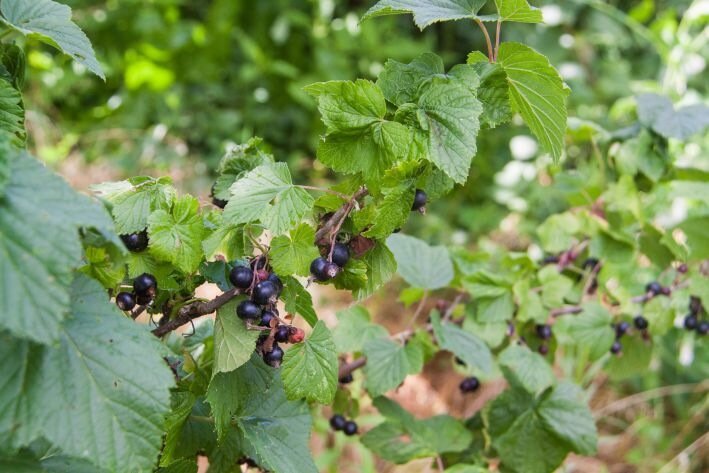Currants are a favorite berry crop for many, delighting with juicy and healthy fruits.
To get a bountiful harvest of delicious berries, it is necessary to provide the bush with adequate nutrition.
Anastasia Kovrizhnykh , an expert of the online publication "BelNovosti", an agronomist and landscape designer, told how to act correctly in such a situation.
Correctly selected fertilizers promote active growth, flowering and fruiting of currants.
Spring fertilizing: the key to active growth
In spring, after the snow melts, currants need nitrogen fertilizers, which stimulate the growth of green mass. As a source of nitrogen, you can use:

• urea. This is a highly effective nitrogen fertilizer that is quickly absorbed by plants;
• ammonium nitrate. Another popular type of nitrogen fertilizer;
• organic fertilizers. Well-rotted manure, compost or bird droppings are a valuable source of nitrogen and other nutrients.
Fertilizing during flowering: stimulating the formation of ovaries
During the flowering period, currants need potassium and phosphorus fertilizers, which promote the formation of ovaries and improve the quality of berries. For feeding during this period, you can use the following.
• Superphosphate. This is a phosphorus fertilizer that provides plants with phosphorus, which is necessary for the development of the root system and the formation of ovaries.
• Potassium sulfate. Potassium fertilizer that increases plant resistance to diseases and improves the taste of berries.
• Ash. Wood ash is a source of potassium, phosphorus and microelements.
Post-harvest fertilizing: laying the foundation for the future harvest
After harvesting, currants need to be fed to restore strength and lay the foundation for the future harvest. During this period, it is recommended to:
• phosphorus-potassium fertilizers. They promote the maturation of shoots and the formation of fruit buds;
• organic fertilizers. In autumn, rotted manure or compost is added under the currant bushes.
Foliar feeding: quick help for plants
Foliar feeding is spraying plants with a fertilizer solution on the leaves. This method allows for quick delivery of nutrients to the plant. Microelement solutions and herbal infusions are used as foliar feeding.
Fertilizer application rules
When applying fertilizers, it is necessary to follow a number of rules.
• Fertilizers are applied to moist soil. After applying fertilizers, the plants are watered generously.
• Do not exceed recommended doses of fertilizers. Excess fertilizers can harm plants.
• Fertilizers are applied in several stages. It is best to divide the annual fertilizer rate into several applications.
Organic vs. mineral fertilizers
The choice between organic and mineral fertilizers depends on the gardener's preferences and the condition of the soil.
Organic fertilizers improve the soil structure, increase its fertility and promote the development of beneficial microflora. Mineral fertilizers provide plants with the necessary nutrients in an accessible form.
Previously we talked about how to choose the right place to plant roses .









